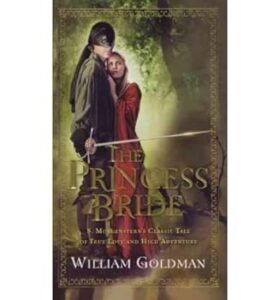 Summary: A pastor’s thoughts on being a pastor (and I think an essential book for anyone that relates to pastors.)
Summary: A pastor’s thoughts on being a pastor (and I think an essential book for anyone that relates to pastors.)
This past week I have started walking to the top of Kennesaw Mountain, a nearby park. I am going backpacking with friends at the end of the month and need to start preparing.
After finishing After You Believe, I went back to Eugene Peterson’s The Pastor. This is my third reading of it since it came out four years ago. (First and second reviews.)
I am not a pastor, I have no intention of ever becoming a pastor. But Eugene Peterson exemplifies not only what it means to be a pastor to me, but also what NT Wright is talking about in what character and spiritual maturity are about.
Part of my need for these books are that I think I have absorbed the myth that spiritual growth is somehow different from growth in areas of life. Peterson is a man that has been shaped by scripture. Most of his books loosely revolve around a portion of scripture. One of the complaints about Peterson’s Message Bible is that it has done too much interpretation. First that complaint misunderstands the nature of translation, but more importantly, Peterson believes that the role of the pastor is to proclaim and illustrate through his or her life what scripture is saying to them.
The Pastor is really a record of Peterson finding his way as a pastor, but he is never far from the root of how scripture shapes him and directs him.
The art of pastoring that Peterson is recommending is a direct challenge to the leadership model that many understand pastor to be. For Peterson, the role of the pastor is first to call people to God, second to teach them to pray and third to call them together to love one another. Like most books by Peterson, he is rarely that explicit. Peterson tells stories. He tells stories about how he was convinced that the way he had done things was wrong and how worked to become a better pastor by changing.
 Summary: Spiritual leaders are human, full of sin as all of us, but willing to have their sin redeemed by God for greater glory.
Summary: Spiritual leaders are human, full of sin as all of us, but willing to have their sin redeemed by God for greater glory. Takeaway: The gift of friends that allow us to explore and try out and explore ideas in safety and love is truly a gift that we all need.
Takeaway: The gift of friends that allow us to explore and try out and explore ideas in safety and love is truly a gift that we all need. Summary: An Abbot feels he receives a call from God to leave his order and return to the world.
Summary: An Abbot feels he receives a call from God to leave his order and return to the world. Summary: The church is where we we can learn to grow up as Christ intends.
Summary: The church is where we we can learn to grow up as Christ intends. Takeaway: One of the best examples of how fiction is important to give form to important ideas.
Takeaway: One of the best examples of how fiction is important to give form to important ideas. Summary: God is God of all of us, not just the extraordinary that get the world’s attention.
Summary: God is God of all of us, not just the extraordinary that get the world’s attention. Takeaway: Love, in essence, is the greatest expression of Grace.
Takeaway: Love, in essence, is the greatest expression of Grace. Takeaway: The classic 1973 book, which was made into the 1987 movie, is still worth reading.
Takeaway: The classic 1973 book, which was made into the 1987 movie, is still worth reading. Summary: A series of six lectures on spiritual development.
Summary: A series of six lectures on spiritual development.